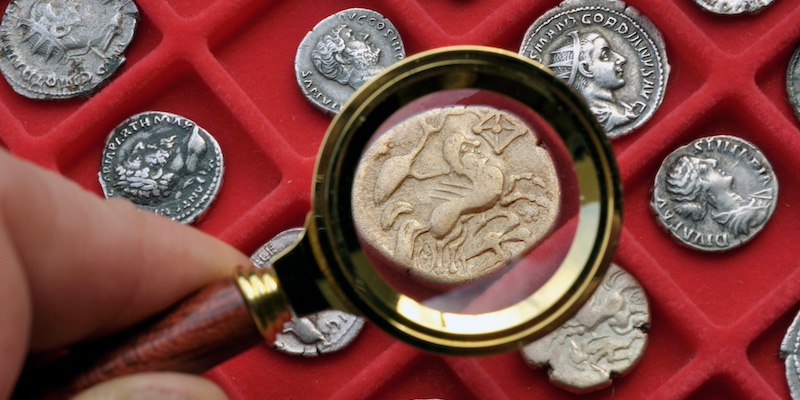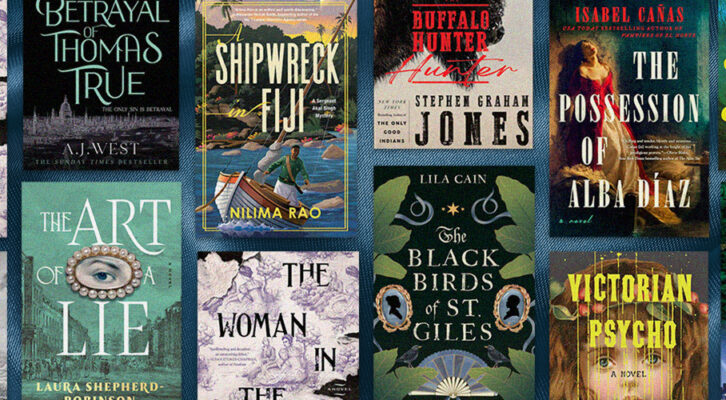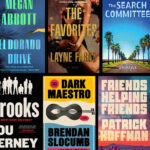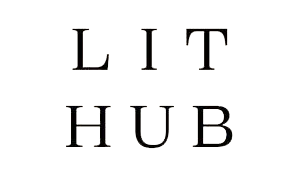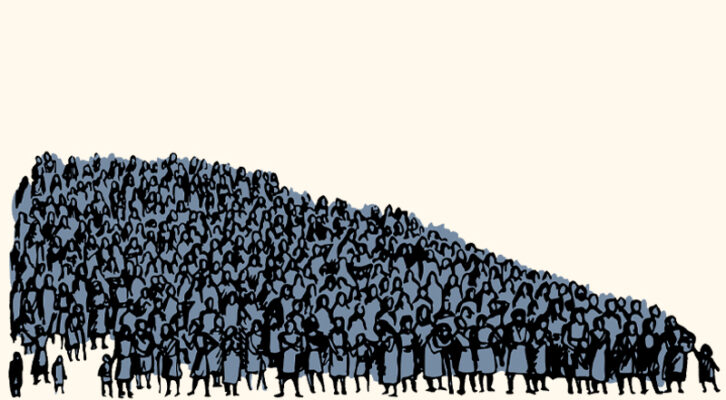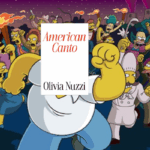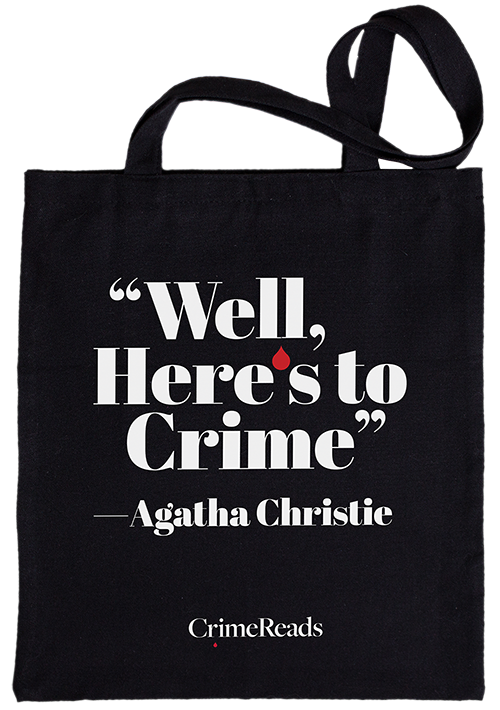I grew up in the world of antiques—my mother and father published ‘the bible of the antiques world’ The Miller’s Antiques Price Guide, and my mother was a specialist on the BBC Antiques Roadshow. But I had only ever seen the genteel side of the industry until I was eleven yours old. Our family home was a Tudor manor house in the English countryside and was filled to the brim with my parent’s art and antique collections. On one summer morning we awoke to find a window open—we had been burgled. The day was filled with police officers asking my parents questions and taking everyone’s fingerprints for elimination purposes—which was hugely exciting for me and four sisters as we got to keep copies. One statement always stood out to me about that morning, and it was the whispered ‘stolen to order’.
My mother had a large collection of blue and while ceramics and only the most expensive items were stolen and never recovered. The thief knew what they were taking. I have been fascinated with the art, antique and antiquities black market ever since—the side of the industry you don’t see on the Antiques Roadshow—and this interest has been woven into the fiction books I have written.
The theft and illicit trade of art date back centuries and it shows no sign of abating. From conquerors looting cultural treasures as spoils of war to the Roman sack of Corinth, to the Nazi looting of Jewish art collections during World War II, the trade has thrived. By the mid-20th century, international conventions like the 1970 UNESCO Convention aimed to stem the trade in stolen cultural property, but enforcement, unfortunately, remains a challenge.
Art trafficking has been a persistent problem for centuries, and like most industries, it is ever evolving. With the arrival of the internet, the 21st century has brought new dimensions to this illicit activity, making it easier for criminals to operate and harder for authorities to track them. Online marketplaces, auction platforms, and social media have become key venues for the illicit trade of art and antiquities. For instance, e-commerce platforms have been scrutinized for inadvertently facilitating the sale of illicit artifacts, often mislabeled or poorly documented. In other cases, private social media groups act as black markets for high-value items.
The destruction and looting of cultural heritage in conflict zones have been among the most visible aspects of art trafficking in the 21st century. The wars in Iraq and Syria saw the systematic looting of archaeological sites and museums. Groups like ISIS not only destroyed priceless artifacts for propaganda purposes but also trafficked antiquities to fund their operations. This type of trafficking is not limited to the Middle East. Africa, Southeast Asia, and Latin America have also suffered widespread looting of cultural sites, often driven by political instability, weak law enforcement, and demand from international buyers.
Art trafficking has a profound human and cultural impact, for the theft of cultural heritage robs communities of their history, and as such, part of their cultural identity. For indigenous peoples and marginalized groups, the loss of sacred artifacts can be particularly devastating. Efforts to recover and repatriate stolen works are not just about restoring objects to their rightful owners; they are about preserving the stories and traditions that these objects embody. In this sense, the fight against art trafficking is also a fight for cultural survival.
Art trafficking has also increasingly become entangled with organized crime networks. These groups see stolen art as a lucrative commodity with relatively low risk compared to drugs or arms trafficking. High-value artworks can also be used as collateral for other illicit deals or as a means of laundering money. For example, European law enforcement agencies have uncovered connections between art traffickers and the drug trade, particularly in countries like Italy and Spain. In South America, indigenous artifacts have been smuggled alongside narcotics, highlighting the multi-faceted nature of modern trafficking networks.
So, how do we fight back?
One of the most significant obstacles in the fight against art trafficking is the difficulty of establishing provenance—the documented history of an artwork’s ownership. Without a clear and traceable record, stolen or looted items can easily be passed off as legitimate. Forged documents further complicate the process, allowing traffickers to exploit gaps in the art world’s due diligence.
Art trafficking is a transnational crime, often involving multiple jurisdictions with varying legal frameworks. This makes cooperation between countries difficult, especially when it comes to recovering and repatriating stolen works. In some cases, legal loopholes and the lack of uniform regulations allow traffickers to exploit differences in national laws.
The demand for rare and unique artworks drives the illicit trade. Wealthy collectors, private buyers, and even institutions have been known to purchase items without adequately investigating their origins. The secrecy surrounding many high-value art transactions further fuels the problem, with private sales and auction houses often resistant to sharing information about buyers and sellers.
Despite these challenges, efforts to combat art trafficking have gained momentum in recent years. Key initiatives include: Organizations like INTERPOL, UNESCO, and the International Council of Museums (ICOM) play a crucial role in coordinating international efforts to combat art trafficking. INTERPOL’s stolen art database, for example, helps track missing works and share information across borders and programs like UNESCO’s “Emergency Red Lists” identify categories of objects at high risk of looting, providing a resource for authorities and collectors to identify and protect endangered items.
Perhaps the best news is that there is a growing emphasis on ethics in the art market. Museums and collectors are increasingly scrutinized for their acquisition practices, with calls for greater transparency and accountability. High-profile cases of repatriation, such as the return of the Benin Bronzes to Nigeria, reflect a shift in attitudes toward honoring cultural heritage (long may this continue!).
Auction houses and galleries are under pressure to adopt stricter due diligence measures, while professional organizations like the Art Loss Register offer services to verify the provenance of works. However, the market’s inherent secrecy continues to pose challenges.
As the art trafficking world continues to evolve, so too must the strategies to combat it. Greater collaboration between governments, institutions, and the private sector will be essential, as will the adoption of new technologies and ethical practices. By addressing the root causes of trafficking and reducing demand for illicit art, the international community can work toward a future where cultural heritage is protected and celebrated rather than exploited.
But there is hope. With continued vigilance and innovation, the art world can move closer to dismantling the networks that threaten its integrity and in doing so preserve art, antiques and antiquities for generations to come.
***

